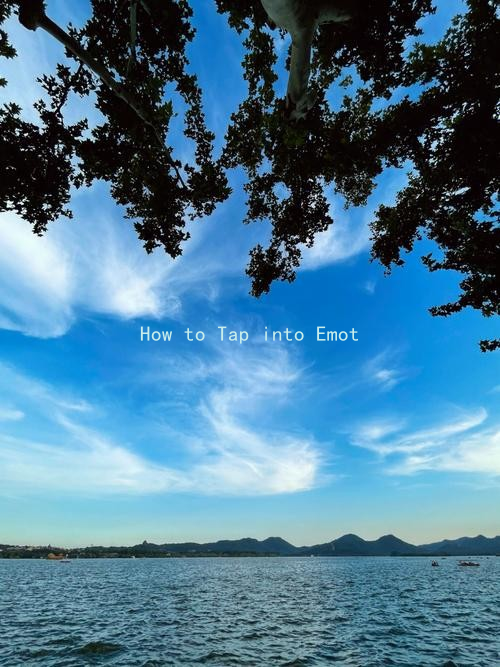Bridging the Gap: How to Break Free from Emotional Detachment in Romantic Relationships
Bridging the Gap: How to Break Free from Emotional Detachment in Romantic Relationships
Emotional detachment can quietly seep into romantic relationships, often leading to misunderstandings, feelings of isolation, and ultimately, the deterioration of a once-vibrant connection. Whether due to past traumas, personal insecurities, or simply the stresses of everyday life, becoming emotionally detached can affect the way partners interact and engage with one another. However, breaking free from this barrier is not only possible but essential for the health of the relationship. Here are some effective strategies and conversation techniques to help bridge that emotional gap.
1. Recognizing the Signs of Detachment
The first step in addressing emotional detachment is acknowledging its presence. Signs may include a lack of enthusiasm for shared activities, reduced communication, or feelings of being misunderstood. Partners might prefer solitude over social interaction, leading to an emotional rift. Once both partners recognize these signs, they can start discussing their feelings openly.
2. Initiating the Conversation
Starting a dialogue about emotional detachment can feel daunting. The key is to approach the subject with empathy and an open heart. Use “I” statements to express feelings without sounding accusatory. For example, rather than saying, “You never want to talk to me,” try, “I feel lonely when we don’t share our thoughts and feelings.” This simple shift in language promotes a more constructive conversation.
3. Creating a Safe Space for Sharing
Encourage a judgment-free atmosphere where both partners feel safe to express their emotions. Set aside time for regular check-ins, where each partner can share their feelings without interruptions. This practice not only builds emotional intimacy but also reinforces trust. It’s crucial for partners to listen actively, validating each others feelings and experiences.
4. Engaging in Vulnerability
Vulnerability is often a daunting prospect, especially for those who have learned to shield their feelings. However, taking the step to be vulnerable can lead to deeper connections. Sharing personal experiences, fears, and dreams can help dismantle walls of detachment. Consider asking open-ended questions such as, “What are your thoughts on our future?” or “What is something you’ve always wanted to share but haven’t?” This encourages both partners to open up.

5. Fostering Emotional Intimacy through Activities
Sometimes, emotional detachment can stem from a lack of shared experiences. Engaging in activities together can reignite passion and intimacy. Whether it’s cooking a meal together, going for a hike, or cuddling up with a movie, shared activities can create positive memories that strengthen the bond. Be intentional about spending quality time together, making the effort to connect on a deeper level.
6. Seeking Professional Help
If emotional detachment persists despite efforts to communicate and reconnect, it may be beneficial to seek the aid of a professional therapist. A couple’s counselor can provide tools and techniques tailored to the specific needs of the relationship. This external support can help address underlying issues and facilitate healthier communication patterns.
7. Practicing Patience and Understanding
Rebuilding emotional connection takes time. Its essential to be patient with each other as you work through these challenges. Celebrate small victories, and recognize that progress, not perfection, is the goal. Understanding that both partners may have different emotional needs and backgrounds can foster compassion when the road gets tough.
8. Continuing the Journey
Breaking free from emotional detachment is an ongoing process that requires commitment from both partners. As the relationship evolves, continue to check in with each other about emotional well-being. Make a habit of discussing expectations, needs, and feelings, ensuring that both partners remain engaged in the relationship.
In conclusion, emotional detachment can be a significant hurdle in romantic relationships, but with open communication, vulnerability, and shared experiences, partners can bridge the gap. By taking proactive steps to connect emotionally, couples can foster a bond that thrives on intimacy, understanding, and love.





